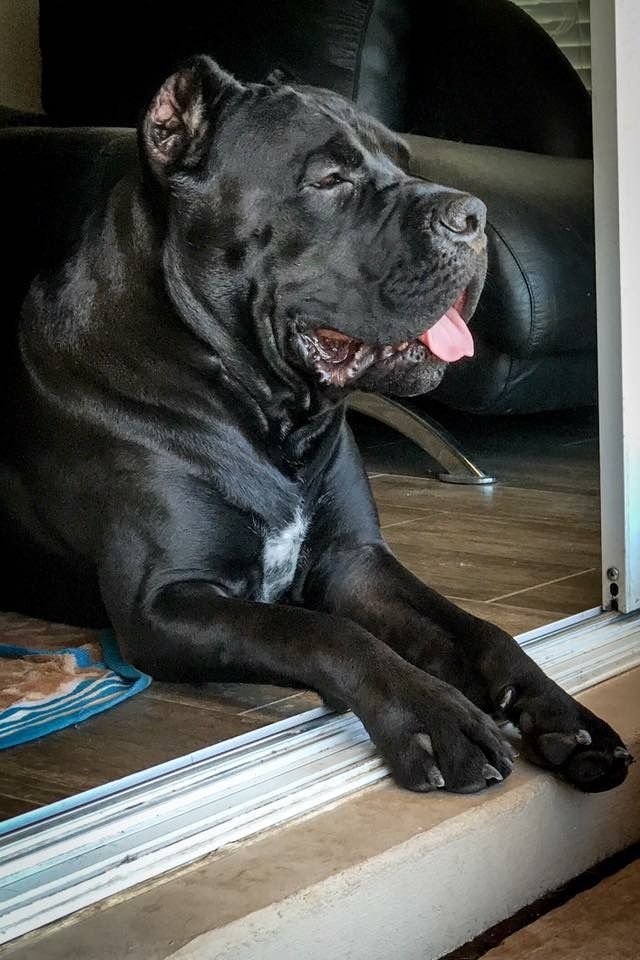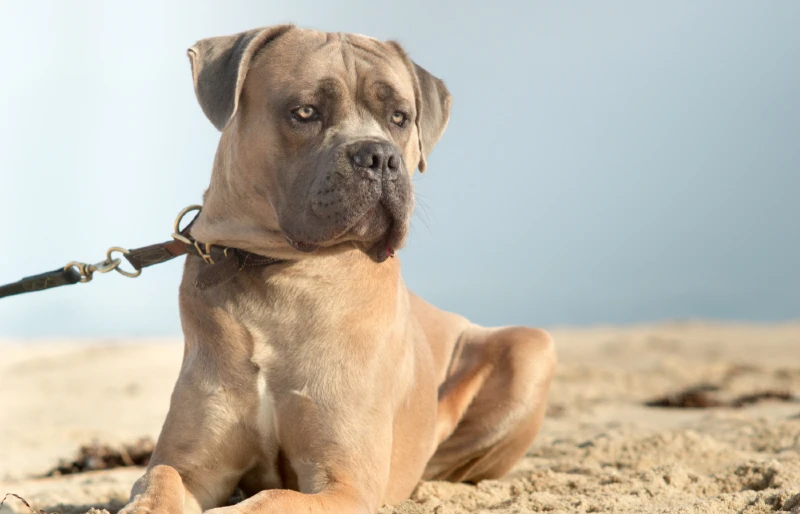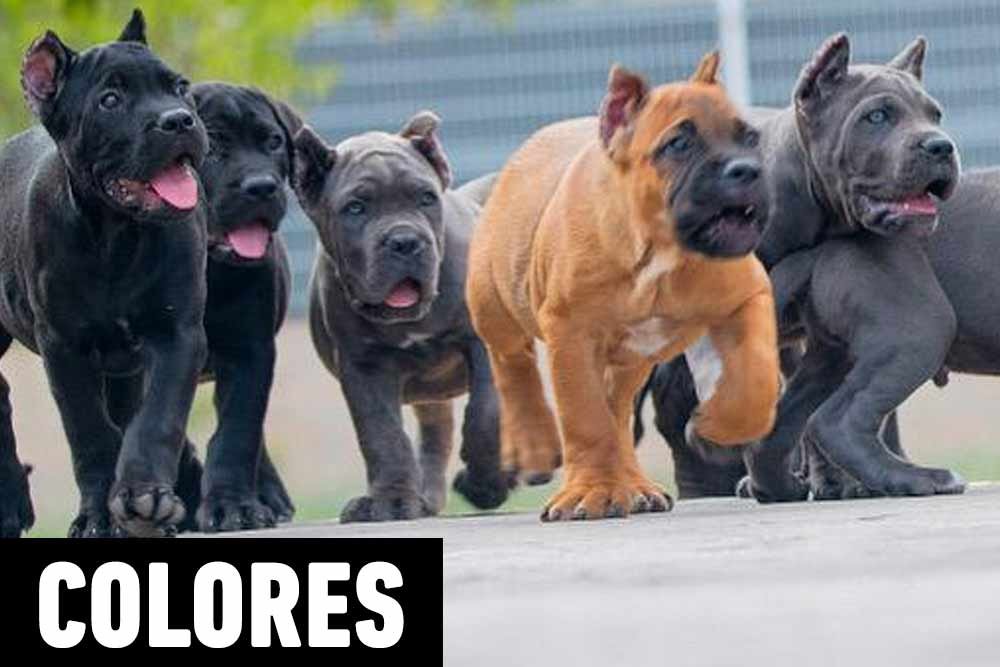Introduction
The Cane Corso, an ancient Italian mastiff breed, is revered for its power, loyalty, and stunning variety of coat colors and markings. Understanding these colors is essential for anyone looking to adopt, breed, or appreciate this magnificent dog. In this guide, we'll cover Cane Corso coat colors, from the common to the rare, and explain the significance of certain markings according to Cane Corso breed standards.
By the end, you'll have a deep understanding of Cane Corso coat colors, helping you identify the rarest and most desirable traits in this noble breed.
Common Cane Corso Coat Colors
Cane Corsos come in a range of colors, many of which have historical and genetic significance. Let’s explore the most frequently seen ones:
Cane Corso Coat Colors: A Colorful Guide
Common Colors
Rare Colors
Quick Cane Corso Color Facts
Black Cane Corso
Black is one of the most common and sought-after colors in Cane Corsos. The deep, dark coat reflects their ancestral use as guard dogs, where the black coloring helped them blend in during night patrols. The Cane Corso colors black brindle is another variation that combines black with subtle brindling, giving a unique stripe-like appearance.

Fawn Cane Corso
Fawn Cane Corsos have been around since the 3rd or 4th century, traditionally used for hunting. Their light coat helped them blend into their environment, making them perfect for stealth in dense vegetation. The fawn color ranges from a light tan to a richer reddish-brown. Cane Corso colors fawn are often associated with a black mask, which adds to their distinct and noble look.

Brindle Cane Corso
The brindle Cane Corso colors feature stripes of a secondary color over a base coat, often resembling tiger stripes. Brindle patterns can vary widely from dog to dog, creating a unique and highly desired appearance. Brindles can be seen in many Cane Corso variations, including Cane Corso colors chestnut brindle, black brindle, and fawn brindle.

Rare Cane Corso Coat Colors
While Cane Corso coat colors like black and brindle are commonly seen, there are rarer colors that are highly prized among enthusiasts.

Blue Cane Corso
The blue Cane Corso is one of the most sought-after rare colors. This stunning grayish-blue hue is caused by a recessive mutation in the melanophilin (MLPH) gene. The coat can range from a light silvery-gray to a deep slate, and Cane Corso colors blue brindle are particularly unique and striking. However, some breeders caution that blue dogs can be prone to skin sensitivity due to the dilution gene.

Formentino Cane Corso
The formentino Cane Corso is a dilute fawn color with a blue or gray mask. The term “formentino” comes from the Italian word for fermented wheat, referencing the soft, wheat-like color of the coat. This color is highly prized and gives the dog a regal and distinctive appearance. The Cane Corso colors formentino are becoming more popular due to their rarity and beauty.
Cane Corso Markings and Patterns
Beyond coat colors, Cane Corso markings can vary and are important in breed standards.
White Markings
White markings are allowed on certain parts of the Cane Corso’s body, such as the chest, toes, chin, and sometimes the nose. However, excessive white is considered undesirable and can lead to disqualification in breed shows. White markings on a Cane Corso puppy often reduce as the dog matures, but large white patches are discouraged.
Black or Blue Mask
Dogs with fawn, formentino, or gray coats often have a black or blue mask. This marking, which darkens the face, gives the Cane Corso an imposing and majestic look, reminiscent of its ancient guarding duties. This mask is considered a sign of breed purity and adds to the dog's powerful aesthetic.
Does Coat Color Affect Cane Corso Temperament or Health?
There is a misconception that Cane Corso coat colors can impact temperament or health. In reality, a Cane Corso’s temperament is influenced by its genetics, training, and socialization, not its coat color. However, some colors, such as blue Cane Corsos, may be more prone to certain health conditions like skin allergies due to the dilution gene.
Cane Corso Coat Care Guide
🐾Weekly Brushing
Brush your Cane Corso once a week to remove loose hair and keep the coat shiny. This also helps distribute natural oils throughout the coat.
🛀Monthly Bathing
Bathe your Cane Corso about once a month. Over-bathing can strip the coat of its natural oils. Use a dog-specific shampoo for best results.
📄Regular Skin Checks
Perform regular skin checkups, especially for blue Cane Corsos or those with rare diluted coats. Look for any signs of irritation, allergies, or skin issues.
ⓘColor-Specific Care
While coat color doesn't affect temperament, some colors like blue may be more prone to skin sensitivities. Adjust care routines as needed based on your dog's specific coat type.
🌈Coat Varieties
Cane Corsos come in various colors including black, fawn, brindle, blue, and formentino. Each may have slightly different grooming needs, but all benefit from regular care.
Caring for Your Cane Corso’s Coat
No matter the color, a Cane Corso’s coat requires regular care. Here are some grooming tips:
- Weekly brushing: Cane Corsos shed moderately, so brushing once a week will help remove loose hairs and keep the coat shiny.
- Bathing once a month: Over-bathing can strip the coat of its natural oils, so it’s best to bathe your Cane Corso about once a month.
- Skin checkups: Especially for blue Cane Corso colors and rare diluted coats, regular skin checkups are important to prevent allergies and skin issues.
Conclusion
From the powerful black Cane Corso to the rare and stunning formentino, Cane Corsos display a wide variety of beautiful and distinguished coat colors. Understanding these colors and markings not only enhances your appreciation for the breed but also helps you make informed decisions when adopting or breeding a Cane Corso.
Whether you’re a first-time Cane Corso owner or an experienced breeder, knowing the colors of Cane Corso dogs will deepen your bond with this magnificent and loyal breed.
Call to Action
Do you have a Cane Corso with a rare coat color or unique markings? Share your stories or pictures in the comments below, or visit our Cane Corso care page to learn more about how to best care for your dog's coat.


Leave a Reply